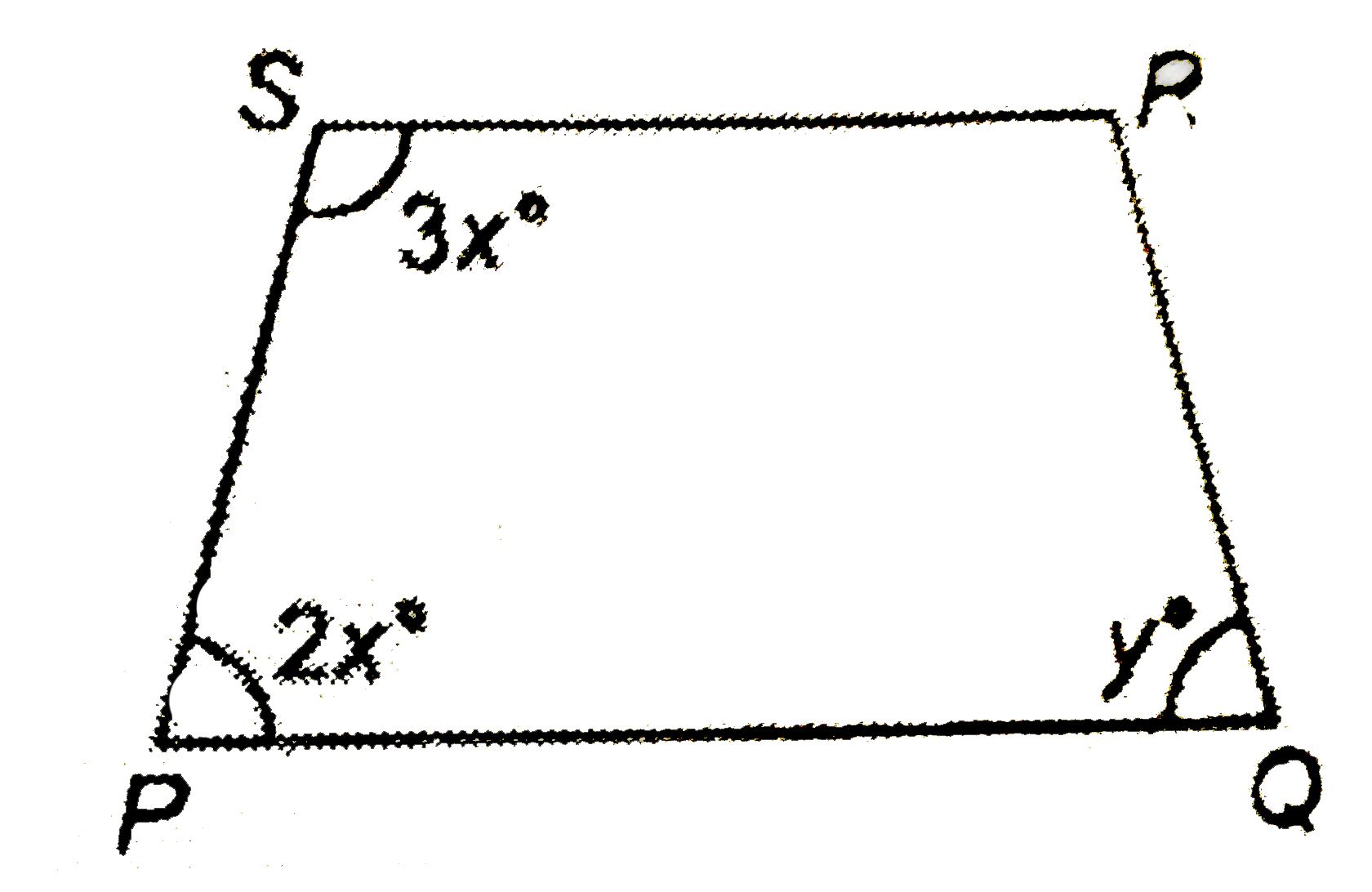If two non-parallel sides of a trapezium are equal, it is cyclic. OR An isosceles trapezium is always cyclic.
To prove that if two non-parallel sides of a trapezium are equal, it is cyclic (or that an isosceles trapezium is always cyclic), we can follow these steps:
1. Draw the Trapezium:
- Let trapezium ABCD be such that AD is parallel to BC and AD = BC (the non-parallel sides are equal).
2. Label the Points:
- Let AD = BC = x (where x is any length).
- Drop perpendiculars from points D and C to line AB, meeting at points M and N respectively.
3. Identify the Triangles:
- We will consider triangles DAM and CBM.
4. Establish Given Information:
- We know that AD = BC (given).
- The angles at M and N are right angles (90 degrees) since they are perpendiculars.
5. Show Congruence of Triangles:
- In triangles DAM and CBM:
- AD = BC (given).
- Angle AMD = Angle BNC = 90 degrees (both are right angles).
- DM = CN (both are the same distance from the parallel lines).
- By the RHS (Right angle-Hypotenuse-Side) congruence criterion, we can conclude that:
- Triangle DAM ≅ Triangle CBM.
6. Use Corresponding Parts of Congruent Triangles (CPCT):
- Since the triangles are congruent, we have:
- Angle A = Angle B (by CPCT).
7. Use the Property of Co-interior Angles:
- Since AD is parallel to BC, we know that:
- Angle B + Angle C = 180 degrees (co-interior angles).
8. Substitute to Prove Cyclic Nature:
- From step 6, we have Angle A = Angle B.
- Therefore, we can replace Angle B in the equation from step 7:
- Angle A + Angle C = 180 degrees.
9. Conclude that ABCD is Cyclic:
- Since the sum of opposite angles (Angle A + Angle C) equals 180 degrees, we can conclude that trapezium ABCD is cyclic.
Final Statement:
Thus, we have proved that if two non-parallel sides of a trapezium are equal, it is cyclic. This also confirms that an isosceles trapezium is always cyclic.
---
- Let trapezium ABCD be such that AD is parallel to BC and AD = BC (the non-parallel sides are equal).
- Let AD = BC = x (where x is any length).
- Drop perpendiculars from points D and C to line AB, meeting at points M and N respectively.
- We will consider triangles DAM and CBM.
- We know that AD = BC (given).
- The angles at M and N are right angles (90 degrees) since they are perpendiculars.
- In triangles DAM and CBM:
- AD = BC (given).
- Angle AMD = Angle BNC = 90 degrees (both are right angles).
- DM = CN (both are the same distance from the parallel lines).
- By the RHS (Right angle-Hypotenuse-Side) congruence criterion, we can conclude that:
- Triangle DAM ≅ Triangle CBM.
- Since the triangles are congruent, we have:
- Angle A = Angle B (by CPCT).
- Since AD is parallel to BC, we know that:
- Angle B + Angle C = 180 degrees (co-interior angles).
- From step 6, we have Angle A = Angle B.
- Therefore, we can replace Angle B in the equation from step 7:
- Angle A + Angle C = 180 degrees.
- Since the sum of opposite angles (Angle A + Angle C) equals 180 degrees, we can conclude that trapezium ABCD is cyclic.
Thus, we have proved that if two non-parallel sides of a trapezium are equal, it is cyclic. This also confirms that an isosceles trapezium is always cyclic.
Topper's Solved these Questions
Similar Questions
Knowledge Check
The lengths of parallel sides of a trapezium are in the ratio 3:5 and the distance between them is 10cm. If the area of the trapezium is 120cm2, find the lengths of its parallel sides.
A9cm and 17cmB8cm and 15cmC9cm and 15cmD5cm and 17cm
The three sides of a trapezium are equal, each being 6 cm long, find the area of the trapezium when it is maximum.
View SolutionIn the given figure PQRS is an isosceles trapezium, fixd x and y.

View SolutionIn Figure, PQRS is an isosceles trapezium. Find x and y
View SolutionIf two opposite sides of a cyclic quadrilateral are equal, then the other two sides are parallel.
View SolutionIf the length of three sides of a trapezium other than the base is 10cm each, find the area of the trapezium, when it is maximum.
View SolutionThe parallel sides of a trapezium are in the ratio 3:4. If the distance between the parallel sides is 9 dm and its area is 126 dm2, find the lengths of its parallel sides.
View SolutionThe parallel sides of a trapezium are 25cm and 13cm; its nonparallel sides are equal, each being 10cm, find the area of the trapezium.
View Solution
